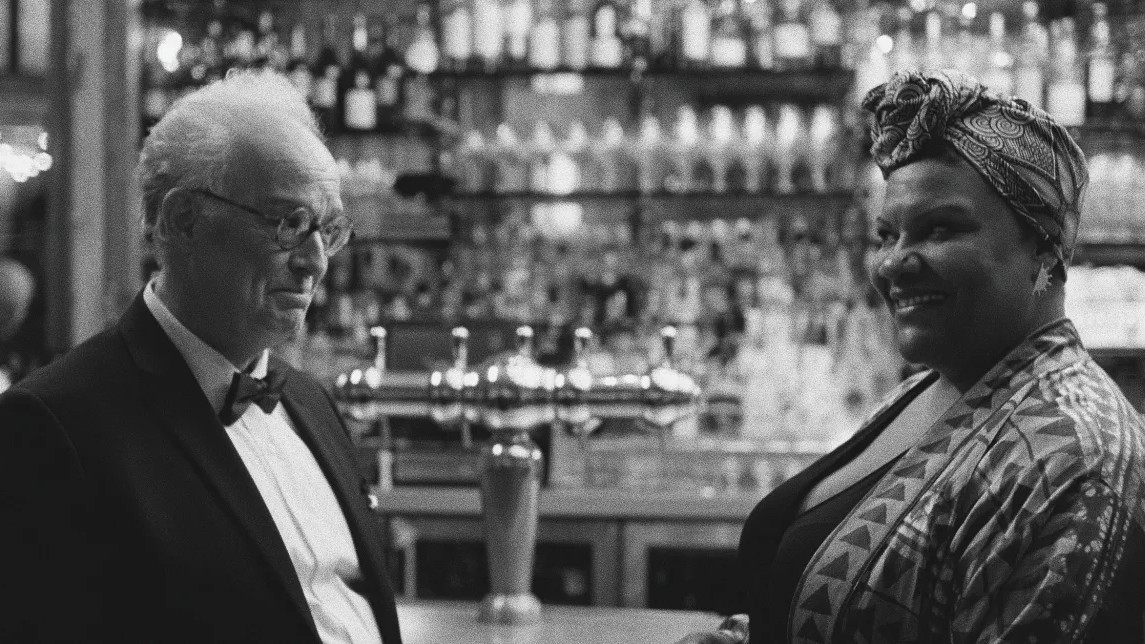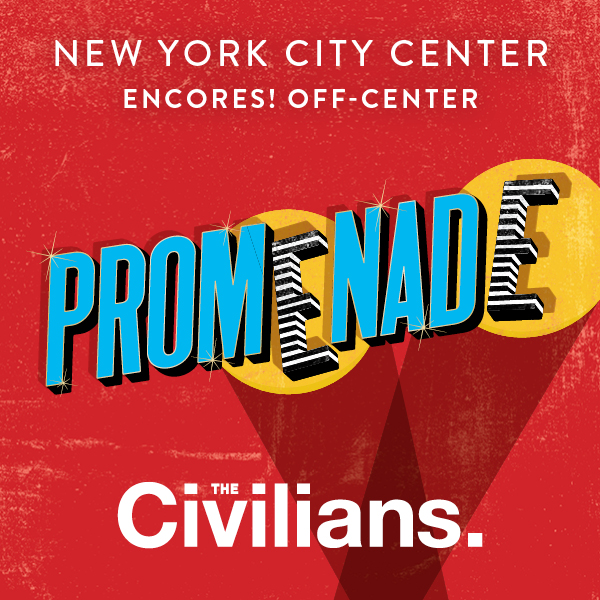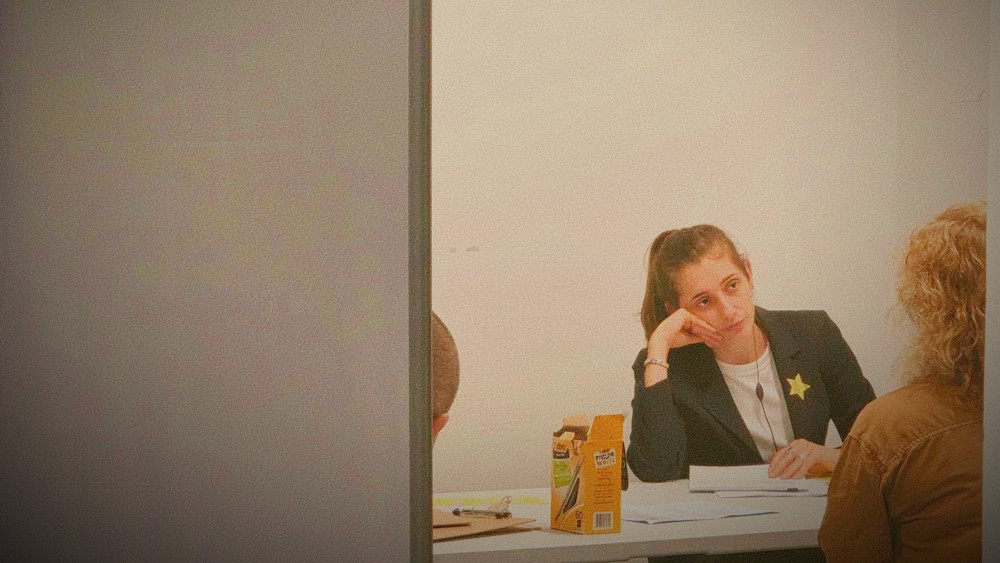Once upon a time in the mid-2000s, MTV development director Lisi Harrison wrote a book series titled The Clique, where she chronicled the privileged lives of preteens in Westchester. The series’s queen bee was known for many things: her obsession with Chanel No. 5, her pug Bean, and most importantly, her weekly PalmPilot lists of what was in and out, called the “State of the Union.” Now, unlike Massie, I have little interest in Chanel perfumes or small dogs, but I have always maintained that a good list is a good thing.
In this spirit, I would like to introduce our very own “State of the Union” vis-à-vis the wild world of nonprofit theater. Many thanks to Dr. Paul Bonin-Rodriguez of UT Austin’s Department of Theater and Dance and the Substack famous, dramaturg extraordinaire Lauren Halvorsen for contributing their time and expertise to this piece.
IN
Taking August off.
If it’s good enough for Europe… Just saying! If nothing else, the pandemic taught of how necessary rest is for both personal rejuvenation and institutional dreaming, which is an excellent response to the burnout epidemic. As more theaters grapple with their existential positions, slowing down and playing the long game, rather than administering haphazard bandaids seems to be our best bet for sustainable solutions. We’re seeing theaters return to pre-pandemic hustle culture in an attempt to “save the industry,” in spite of the fact that the “industry” is composed of people who need care (and fair wages) in order to keep working. Why preserve systems that don’t honor our humanity? Perhaps it’s better to let some things crumble; as we allow older ways of being to decompose, we fertilize the soil for new growth.
OUT
“Emerging artists”
Don’t get me wrong; we love emerging artists! But in our enthusiasm, one demographic may have gotten lost in the shuffle: those navigating the strange waters of mid-career. It’s wonderful to offer pathways for those who are fresh-faced, but what kind of ecosystem are we creating if there’s nowhere for them to go after their artistry begins to gel? Of course, it feels like emerging artists are the ones who need immediate aid and care, so placing emphasis on mid-career seems like a less pressing issue. But, that might be a misconception. To this point, Halvorsen says:
Just because, you’re technically mid career now, it doesn’t mean that all of a sudden you have all of this support at your fingertips. And I think [about] mid-career often because [without the] shiny newness that comes with being an ‘emerging artist,’ sometimes mid career can be a very difficult place for writers.
Halvorsen offers that many mid-career artists could benefit from advising, writing accountability groups or partnerships with theaters that are more about building networks and collaborations rather than constantly feeling like they have to promote themselves and their work or seek out production opportunities. While carving out space for emerging artists is necessary, there’s also a world where that’s just the beginning. We could create more professional networks that provides structure and support for artists—and administrators—at many different stages of their careers. The Dramatists Guild is one such model for specialized/tiered artist care.
At the same time, from an institutional standpoint, the midlevel theater jobs that actually allow organizations to systematize this kind of support are fading away, leaving organizations in the hands of executives and (underpaid) entry level associates. So, in a way, tending to the middle, institutionally and artistically allows for richer, more exciting art and more staffing opportunities for those on the administrative side. A win for us all!
IN
Responsiveness.
There are as many ways to respond to the challenges of the economic moment as there are theaters, and we’re seeing this response take interesting shapes.
Writer’s groups. New work development. Downsizing. More outreach. Leaving old buildings behind. Forming coalitions. Producing hyper local plays. Producing multi-generational plays.
These are all useful strategies, but the degree to which they are useful is really dependent on the specific needs of the community. For example, in an earlier version of this piece, I wrote that theaters should offer longer development processes instead of rushing to produce queer/BIPOC plays that will make them seem more equitable. However, in later conversations, I heard that many artists are frustrated because they want productions instead of one reading series after another. This is a prime illustration of the disconnect between administrators and artists (guilty) and what theaters think artists want versus what artists actually want. As we navigate the pressure to “fix” things, and with that, the noble goal of making the theater a better place, we might be pushing the pendulum in an opposite direction that doesn’t necessarily account for nuance. The key here is a level of transparency, and maybe even a blurring of the (battle) lines between artists and organizations. Can we begin to see each other as fellow accomplices against capitalism, instead of enemies, or, even worse, pawns to be sacrificed?
OUT
Celebrity clout
I’ll admit it: this one is on here for fun, but it does have some real implications. Halvorsen and I laughed—and sighed—in our conversation about the presence of celebrities on Broadway and other theatrical spaces because, so often, it feels lazy, rather than exciting. [Jojo’s surprise turn in Moulin Rouge Is my one exception to this rule and you are welcome to cancel me for it.] What does it ultimately do for the profession? Whether the presence of celebrities actually leads to increased ticket sales is another question entirely, but why not use the clout to bolster weirder, riskier productions? Put another way, do we really need to see Glengarry Glen Ross again?
I rest my case.
IN
Cultivating an abundance mindset.
What Instagram therapists and “manifestation coaches” call an abundance mindset, we might also call a “clear understanding of one’s current needs and available resources.” The general mood of fear and scarcity, especially in the realm of non-profit theater is understandable, but ultimately problematic, as it closes us off to surprising possibilities and collaborations. Halvorsen tells me that many people have told her privately that family money pays for their longevity in theater, and frankly, I don’t know how to tout a belief in abundance in the midst of such obvious disparity. However, Dr. Bonin-Rodriguez interrupts my doom spiral by saying that, “We are far wealthier than we think we are.” Although we live in a capitalist world that dictates metrics of value through the medium of dollars, and art-making does indeed cost money, we can find new ways of measuring our wealth and success through the relationships we are able to build and the positive changes we are able to make in our field.
One thing Dr. Bonin-Rodriguez also reminds me is that there are many ways for us to think through what artistic infrastructures can look like.
He explains:
Every community has its own version of an infrastructure, and they [cater] to different needs and have been trained by their own cultural practitioners in terms of what to offer. I think we tend to think of resources as just [existing], and they generally, to me, they actually emerge because artists and creative people were asking for them and demanding them and creating the need for them and the expectation of them.
Infrastructure can be something as extensive as a university fellowship and as simple as an open mic night at a bar. When we maximize the tiny opportunities around us, we increase the likelihood of finding—or creating—larger opportunities. Big systemic shifts are sexy in theory, but they’re not always sustainable. Instead of making changes we can’t keep up over time (because they require significant internal shifts), we might ask, “What is one small thing I can do today that will bring me closer to my vision of the future?” I think we underestimate the impact of what adrienne maree brown calls “fractals”, which is the ability of small actions to ripple out into large waves. What is true on a small scale becomes true on a large scale. Which brings us to the last point…
OUT
Isolation
This, to me, is the biggest “out” of all: the narrative that we are somehow alone in our struggles and strivings for artistic freedom and funding. Not only are there opportunities for artists to partner with institutions, or institutions with community groups, there is nothing stopping theaters from creating a cross-disciplinary bonds or having a “sibling theater” in another location. The Civilians’ collaboration with Princeton’s High Meadows Environmental Institute, i.e., The Next Forever is a prime example, but there are others. Halvorsen tells me that Perseverance Theater in Alaska will produce a show for about two weeks in Juneau and two weeks in Anchorage, creating a sort of theater circuit that services different Alaskan communities. The Arizona Theater Company, similarly, has two different campuses—one in Phoenix, one in Tucson—which could be a model to follow for states that don’t have a “robust ecosystem of theater” already. Additionally, at Oklahoma City Rep, former artistic director Kelly Kerwin set up a partnership with Under the Radar at the Public, where a show from Under the Radar would tour to Oklahoma. In Halvorsen’s words: “You could not have more two opposite audiences.” However, a program like that makes perfect sense considering how theater works. Quoting Halvorsen again: “People might move to a different theater or a different community, but they maintain the relationships that they’ve built.”
There’s also the Artistic Caucus (which you can read more about here). The Mellon Foundation supported four artistic directors—Stephanie Ybarra, Marina Manuela Goyanes, Jacob G. Padrón, and Hana S. Sharif—in creating a consortium where they could break down traditional season planning models and share resources. Halvorsen’s entire article tracking the development of this project is well-worth the read and shows what can happen when we start thinking collaboratively rather than competitively or, more likely, in complete solitude.
As I say all this, it’s equally important to note that non-profit theaters are not entirely at fault for being where they are. To paraphrase Dr. Bonin-Rodriguez: our real enemy is capitalism. Making art in a country that primarily cares about profit is TOUGH. It always has been. Even so, I think there is a lot we can do on a socio-relational and structural level to make sure that capitalism, racism, ableism, etc., don’t create even more stress. There are too many stories of theaters mistreating artists and employees for us to blame “The System” (if you know, you know). And so, in closing, I suggest we all watch (or re-watch) Radha Blank’s brilliant The 40-Year-Old Version, laugh, feel embarrassed, and continue to reach for more equity, justice and joy in the work we do. Because that reach, that yearning for more—that hope—is really what’s in.
[Final note for those who watch the film: don’t be J. Whitman! Please and thank you!]
Extended Play is a project of The Civilians. To learn more about The Civilians and to access exclusive discounts to shows, visit us and join our email list at TheCivilians.org.
Author
-

Faith Zamblé is a writer, culture worker, and artist at large, originally from Waukegan, IL.
View all posts










